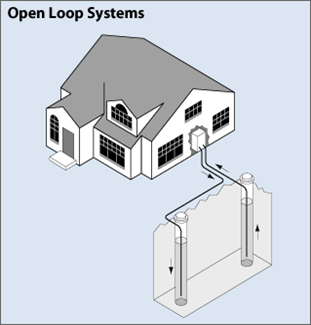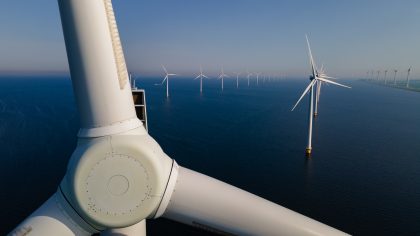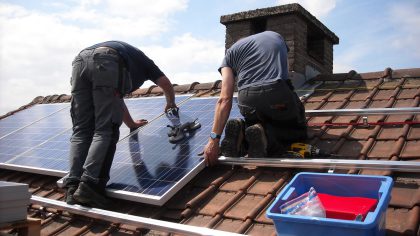This ‘open system’ often has a higher efficiency than the closed ‘soil to water’ system, but the cost of the installation is often higher as well because a second well need s to be drilled. The yield strongly depends on the type of soil where the installation is placed. This system has great advantages when the building has a high heat demand and/or the building also needs to be cooled.

A heating device must, among other things, be selected for its heating capacity. This capacity depends on (1) the degree of insulation of a building, (2) the desired interior temperature and (3) the size of the building. The largest houses are larger than the smallest buildings within the utility sector (and the other way around). This means that every heat pump that is placed in the residential sector, can also be found within the services sector. Within the latter sector however, there are also much larger buildings; this does create a different situation with a much larger heat demand. Such buildings are often equipped with several heating appliances, which are placed in a cascade arrangement. When the outside temperature drops further, an additional appliance will start operating. This way, electrical heat pumps are most often combined with gas fired boilers. The more efficient, but more expensive heat pump, for example, provides 80% of the heat demand, the gas boiler only assists on the coldest days in order to meet the “peak heat demand”. The combination of an electric heat pumps with a gas-fired boiler can be considered as a ‘hybrid cascade setup’. In a services building that reaches the level of ‘nearly zero energy’, a stand-alone heat pump could be sufficient, just as in a residential building.
All information in the datasheets is also available in ESDL (Energy System Description Language). You can find them in the Energy Data Repository (EDR).


